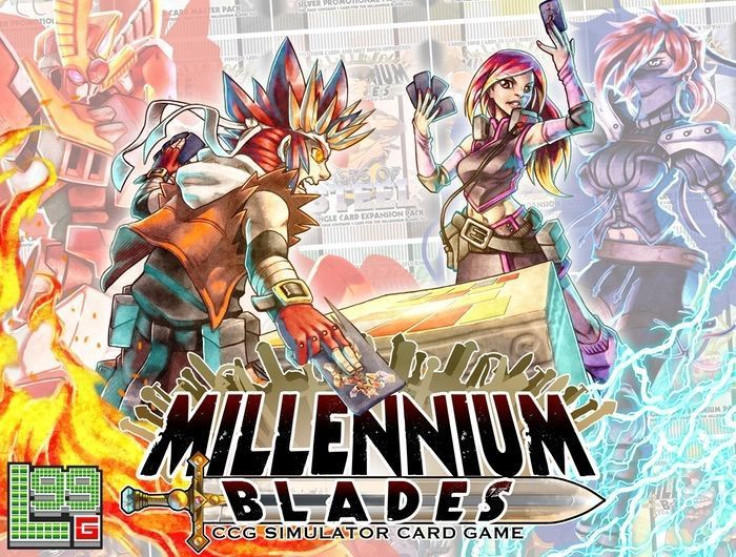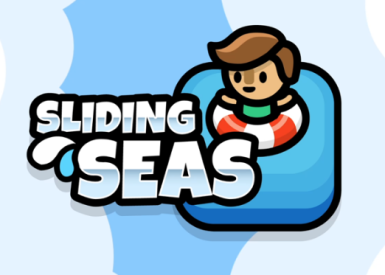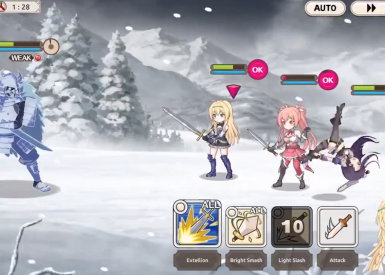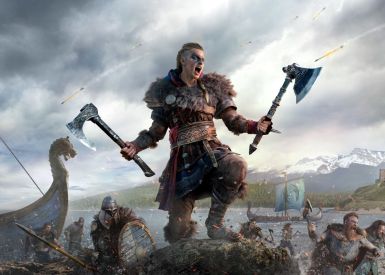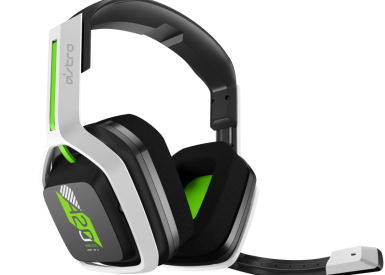According to in-universe lore, Millennium Blades is a card game that has existed for thousands of years, and features millions of different cards. Created by Shamans of the Midwest, Millennium Blades players meet regularly to play in tournaments, with winners walking away with powerful Promo cards and large sums of Victory Points. Sound familiar? It probably doesn’t, unless you played the board game Millennium Blades, featuring the card game of the same name.
Millennium Blades (the board game) puts players into a world where Millennium Blades (the card game) is the most popular game ever. Just like collectible card games in our real world, players in this in-game world buy, sell, trade and compete with their cards, all vying for the top spot in the next tournament. However, instead of spreading time for three tournaments across days, weeks or months, Millennium Blades (the game) condenses the entire experience down to two or three hours.
To start, every player picks a character and receives a starting deck of cards. For those familiar with Magic: The Gathering, much about Millennium Blades will feel familiar. Cards are broken down by color and type, with each color having its own unique play style. They are also divided into sets, again like Magic. Each set is themed around one idea, typically a loving spoof of other nerdy things. For example, there’s a Firefly-themed set called “Lightning Bug,” as well as sets for Final Fantasy, Mouse Guard and other geeky franchises. The rarest cards offer the strongest abilities (or highest resale value if it doesn’t work for your deck).
A game of Millennium Blades consists of three rounds, with two phases for each round. The first phase of every round is known as the Deckbuilding Phase. Here, players get new cards, and can buy, sell or trade with other players. These phases are timed, which is an incredibly smart idea. This allows players to act however they see fit without constraint of turns or active players, keeping things organized and straightforward while eliminating downtime. The Deckbuilding phase is also important to make Collections, or a group of similar cards. These are removed from the game after a Deckbuilding phase, and can score some major Victory Points.
Once the Deckbuilding Phase has ended, players immediately move into Tournament Mode. These quick tournaments have players actually playing the in-game card game against each other. While Millennium Blades makes many comparisons between its card game and Magic, the two games don’t play out like each other at all.
Players’ decks consist of six to eight cards, with six typically playable during a tournament. The goal of each tournament is to amass the most Rank Points, or RP, by playing cards, then scoring at the end of each tournament. The value of cards depends on when they are played and how they react to other cards, so the most powerful item in your deck may be worthless if it’s not a good fit with the rest of your hand.
Once a tournament ends, each player gets rewards based on where they finished in the tournament. Winners get the most Victory Points, along with a powerful Bronze or Silver Promo card. At the end of the third tournament, the player with the most Victory Points wins the whole game.
There’s so much going on in a single game of Millennium Blades that it’s easy to get overwhelmed at first. For instance, the game box comes packed with SO MANY cards. Thankfully, you’ll only need a fraction of them at any given time. The rule book clearly explains how gameplay works, so after a quick skim I felt confident leading my group of friends through their first playthrough.
Once you get a hang of the rules, the sheer number of cards stops being overwhelming and starts sparking your curiosity. A game of Millennium Blades requires players to only use a certain number of sets, which means a second playthrough could bring out completely new cards. You could probably play through three or four times before seeing every set and how they all interact together with each other. The rule book also offers a variety of game variants, including player abilities and a two-player version, so the replay value is through the roof.
I also love the components. The backs of each card look like a foil booster pack, giving you the feeling like you’re cracking into some new cards every time you buy one and flip it over. Players also have comically large stacks of money to buy and sell cards, which are fun to collect and toss around like you’re some kind of board game version of a rapper in a music video.
Games can take a long time, especially if it’s someone’s first time. The timed rounds during the Deckbuilding phase helps move things along, but does guarantee you’ll be spending at least an hour on these phases, with another hour or more for the three tournaments. There’s virtually no down time spent waiting on players to make their moves, which also helps keep time whizzing by.
Additionally, the “Intensity: High” rating on the side of the box is no joke. There are plenty of rules, especially since you’re basically playing two games at once. However, I found all of them make sense in practice, so I barely had to consult the rulebook by the time we reached the third tournament in our first game. It takes time to get going, but not much work to keep yourselves moving forward.
If you like collectible card games, Millennium Blades is for you. If you’ve been interested in collectible card games, but feel like it would be impossible to start playing competitively, Millennium Blades is definitely for you. If you want an easy game to learn in a few minutes and finish in under a half hour, well, have you tried Magic: The Gathering yet?
Millennium Blades is now available online or at your local game store.
So what do you think? Have you played Millennium Blades with your friends? Do you think it accurately captures the feeling of playing a competitive card game? Let us know your thoughts in the comments section below.

